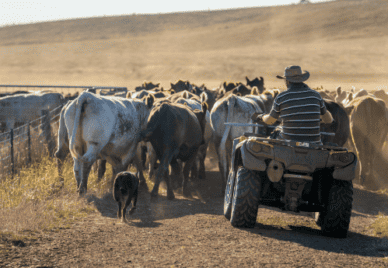
Enhancing Models for Rapid Decision-Support in Emergency Animal Disease Outbreaks
Exploreabout Enhancing Models for Rapid Decision-Support in Emergency Animal Disease Outbreaks
It is challenging to translate bushfire research into operational use. Key questions include:
An open, web-based sandbox for researchers to trial new data and models is needed.
This project:
The Spark fire behaviour modelling platform has been developed as a bridge from data acquisition, processing and modelling to operation and assessing bushfire risk. Spark is a proving and testing ground for new data, models and analytics. A collaborative, open environment for researchers, agencies and stakeholders, it is open for use by stakeholders for research as well as operational evaluation.
Researchers affiliated with an AAF research institution can now access Spark using their institution’s credentials. Access Spark.
The project has created a model where there is a clearly articulated process for translating bushfire research into operational use from a predictive modelling perspective.
This project helps researchers develop and evaluate new ember attack/spot fire models and fire suppression models for a range of fuel/vegetation types. Comparison with relevant fire history data enables evaluation of the models’ accuracy.
This project also allows emergency agencies to provide feedback through Spark to researchers in relation to the effectiveness of the model for operational use.
View a demonstration of Spark by James Hilton of CSIRO, project lead for Spark, at the May 2023 Bushfire Data Challenges Forum.